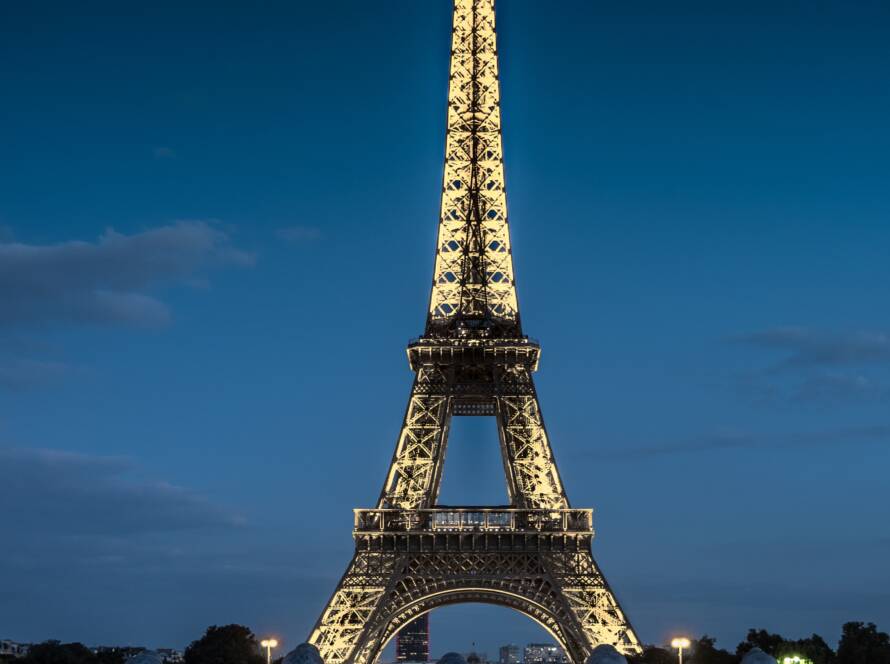Generated by Contentify AI

The Eiffel Tower, an iconic symbol of Paris and one of the world’s most famous landmarks, has a fascinating history that captivates visitors from around the globe. Standing tall at a height of 324 meters, this impressive iron lattice structure was completed in 1889 and has since become an enduring testament to human ingenuity and architectural marvel.
Designed by Gustave Eiffel, a renowned French engineer, the tower was initially met with mixed reactions. Some praised its groundbreaking design, while others criticized its unconventional appearance. Despite the initial backlash, the Eiffel Tower quickly won over hearts and minds, securing its place as an unmistakable emblem of Parisian grandeur.
As you ascend the tower, you can’t help but be awestruck by the breathtaking panoramic views of the City of Lights. Whether it’s the picturesque River Seine snaking its way through the historic heart of Paris or the majestic Notre-Dame Cathedral standing tall in all its Gothic splendor, every vantage point offers a different perspective on the city’s beauty.
The Eiffel Tower’s historical significance goes far beyond its architectural brilliance. It has served as a backdrop for countless romantic gestures, a silent witness to historical events, and a venue for remarkable celebrations. From hosting elaborate firework displays on Bastille Day to being the focal point of New Year’s Eve celebrations, this iconic structure has become an integral part of Parisian cultural heritage.
With millions of visitors each year, the Eiffel Tower continues to be a symbol of national pride and a testament to mankind’s boundless imagination. As you marvel at this engineering masterpiece, take a moment to reflect on the vision and dedication required to bring such a grandiose project to life. The Eiffel Tower stands not only as a monument to engineering brilliance but as a testament to the enduring power of human creativity and innovation.



